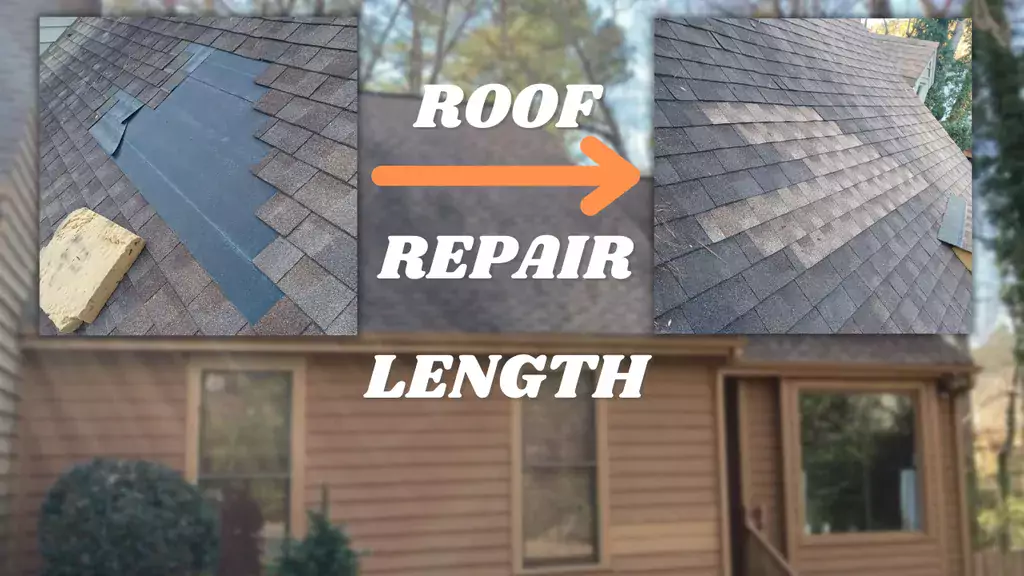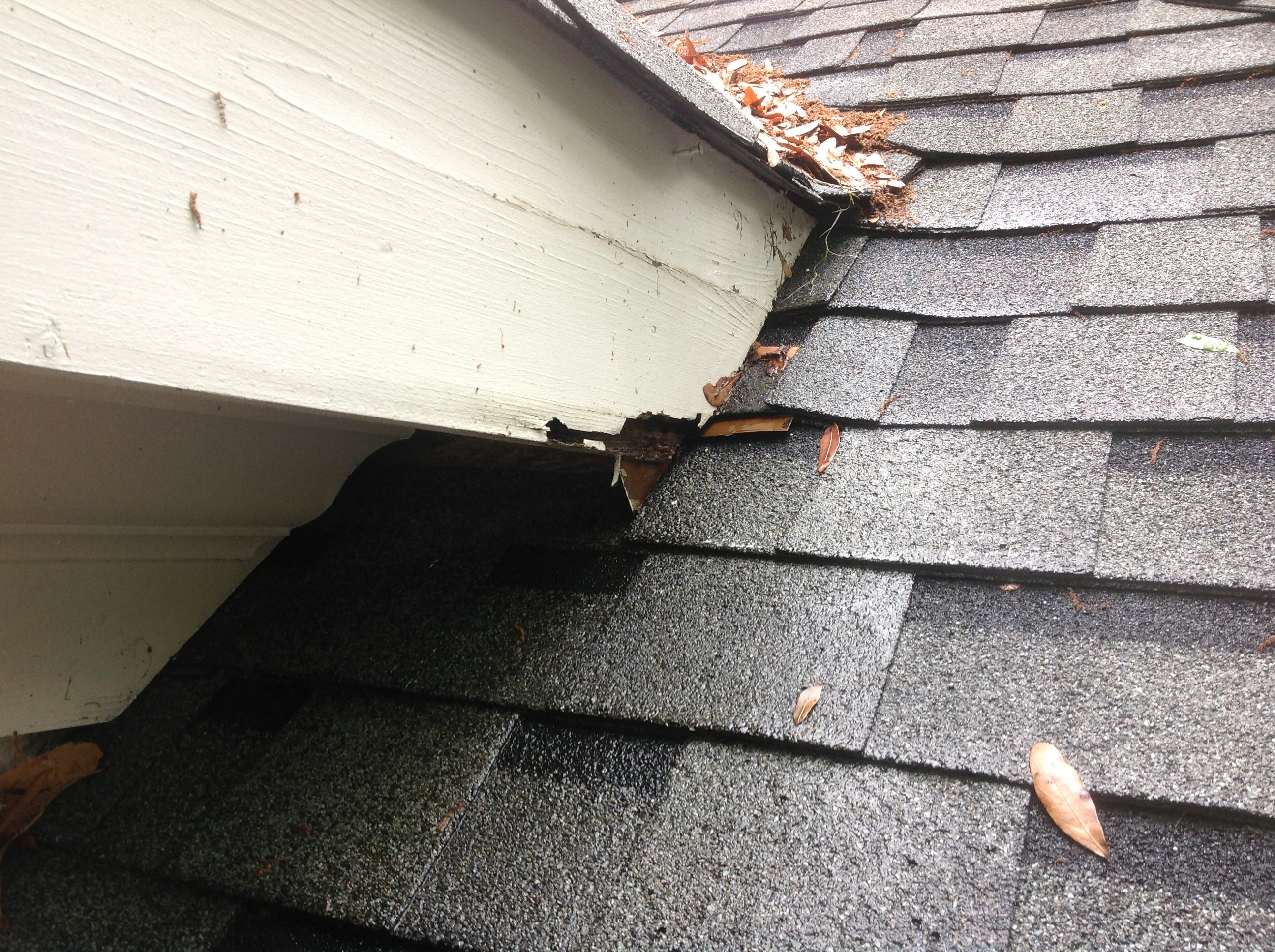Roofers Oahu: Expert Roof Installations and Fixes
Comprehending the Different Kinds Of Roof Coverings: A Comprehensive Guide for Homeowners
In the realm of homeownership, picking the appropriate roof style is a decision that brings substantial ramifications for both capability and visual charm. With a variety of choices-- varying from the standard gable to the modern flat-- each type provides special advantages and difficulties that must straighten with the homeowner's environmental considerations and certain requirements. Understanding these differences not just aids in making an enlightened choice but also affects long-lasting maintenance and power performance. As we discover the complexities of various roofing system kinds, it ends up being apparent that a person size does not fit all; the appropriate selection may surprise you.
Gable Roofings
Saddleback roofs, defined by their triangular form, are among the most preferred roof covering styles due to their simplicity and effectiveness in losing water and snow. This layout features 2 sloping sides that fulfill at a ridge, enabling reliable drain and lessening the danger of water buildup. The steep pitch frequently connected with saddleback roofs enhances their capacity to manage heavy precipitation, making them appropriate for various climates.
In enhancement to their useful benefits, saddleback roofs use visual flexibility. They can be adjusted to different building designs, from standard to modern-day homes. The layout can also fit additional attributes such as dormer home windows, which improve all-natural light and air flow in the attic space.
In addition, saddleback roofs provide enough area for insulation, adding to energy efficiency. House owners can select from a variety of roofing materials, including asphalt shingles, metal, and ceramic tiles, even more improving personalization choices.
In spite of their advantages, saddleback roofs might call for added support in areas prone to high winds or heavy snowfall. Generally, the gable roofing system remains a preferred option as a result of its mix of functionality, sturdiness, and visual allure.
Apartment Roofs
Flat roofs are often recognized for their minimalist layout and practical applications, particularly in business and industrial setups (oahu roofing). These roof coverings include a virtually horizontal or horizontal surface area, which permits very easy construction and versatile room usage. While they might do not have the visual allure of angled roofs, level roofings provide numerous benefits, specifically in metropolitan atmospheres where optimizing room is critical
Among the primary benefits of level roof coverings is their accessibility. Homeowners can use the roofing system area for various objectives, such as rooftop gardens, balconies, or photovoltaic panel installments. Furthermore, level roof coverings are commonly much more economical to mount and preserve compared to their sloped counterparts, as they call for less materials and labor.
Typical materials utilized for level roofs consist of built-up roof (BUR), modified bitumen, and single-ply membranes, each offering distinct advantages. On the whole, level roof coverings offer as a useful and versatile choice for numerous property owners and companies alike.
Hip Roofings
Hip roofings are defined by their sloped sides that merge on top, developing a ridge. This style stands out from gable roofings, as all four sides of a hip roofing system slope downwards toward the wall surfaces, giving an extra secure framework. The angle of the inclines can vary, allowing for flexibility in architectural appearances and capability.
Among the main advantages of hip roof coverings is their capability to endure hefty winds and adverse weather. The sloped surfaces enable far better water drainage, lowering the danger of leaks and water damage. Additionally, hip roofings offer raised attic room, which can be utilized for storage or perhaps transformed right into livable areas.
Nonetheless, building a hip roof covering can be more complex and costly than less complex roofing system kinds, such as saddleback roofs. The extra material and labor associated with developing the slopes and ensuring appropriate architectural honesty can lead to higher expenditures. Despite these downsides, many homeowners prefer hip roofs for their sturdiness, visual allure, and potential for power effectiveness.
Mansard Roofing Systems
Mansard roof coverings, commonly identified by their one-of-a-kind four-sided layout, feature 2 inclines on each side, with the look at here reduced slope being steeper than the upper. This architectural style, stemming from France in the 17th century, is not just visually attractive yet practical, as it makes the most of the usable room in the top floorings of a structure. The steep reduced slope enables even more headroom, making it an optimal selection for attic rooms or loft spaces, which can be exchanged living spaces.
Mansard roofings are identified by their convenience, accommodating various building styles, from standard to modern. They can be built with different materials, including asphalt tiles, slate, or metal, providing property owners with a variety of options to match their choices and spending plans. In addition, the layout permits the assimilation of dormer home windows, boosting natural light and ventilation in the top degrees.
Nevertheless, it is important to take into consideration the prospective disadvantages. Mansard roofings might call for more maintenance because of the complexity of their style, and their steep slopes can be challenging for snow and rain overflow. Generally, mansard roofing systems integrate sophistication with practicality, making them a popular option among homeowners seeking unique building features.
Lost Roofings
As homeowners increasingly seek simpleness and functionality in their architectural layouts, dropped roofs have become a preferred choice. Identified by a single sloping plane, a shed roof offers a minimalist visual that enhances various home styles, from contemporary to rustic.
Among the key advantages of a shed roof is its uncomplicated building more info here and construction, which usually converts to decrease labor and material costs. This style allows for efficient water drainage, minimizing the risk of leaks and water damage. Additionally, the vertical slope supplies adequate space for skylights, boosting all-natural light within the inside.
Lost roofings additionally use convenience in regards to use. They can be effectively incorporated into additions, garages, or exterior frameworks like sheds and pavilions. Furthermore, this roof covering style can accommodate various roofing products, including metal, asphalt shingles, and even environment-friendly roofing systems, aligning with environmentally friendly initiatives.
However, it is important to consider local environment problems, as hefty snow lots may necessitate modifications to the roof covering's angle or framework. Overall, dropped roofing systems offer a practical and aesthetically pleasing option for home owners aiming to make best use of functionality without compromising style.
Final Thought


Gable roof coverings, identified by their triangular shape, are amongst the most prominent roofing designs due to their simpleness and efficiency in losing water and snow. oahu roofing. The high pitch generally connected with gable roof coverings boosts their ability to take care of heavy rainfall, making them ideal for different environments
While they may do not have the visual charm of pitched roofing systems, flat roofs use various advantages, specifically in city atmospheres where making the most of space is crucial.
